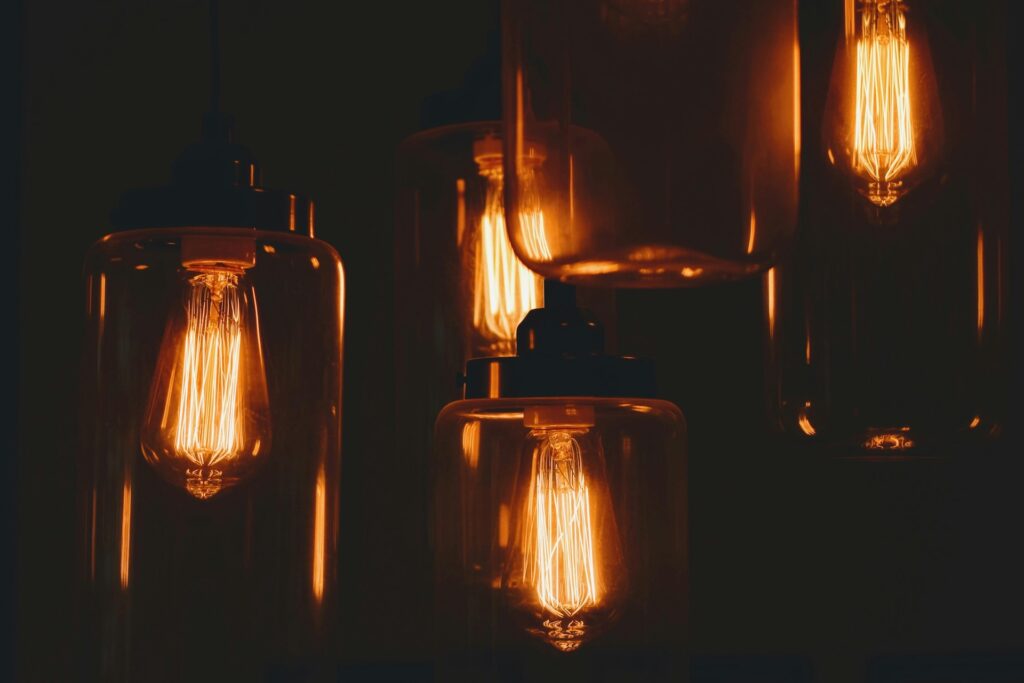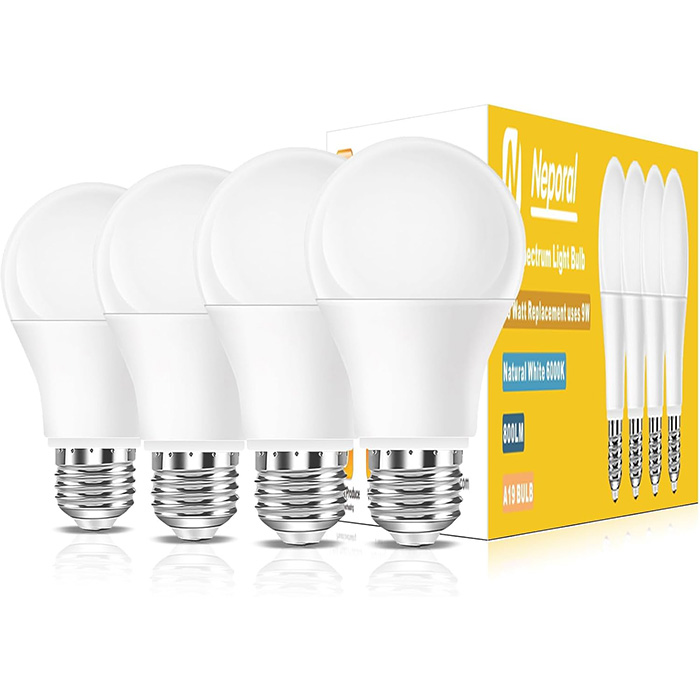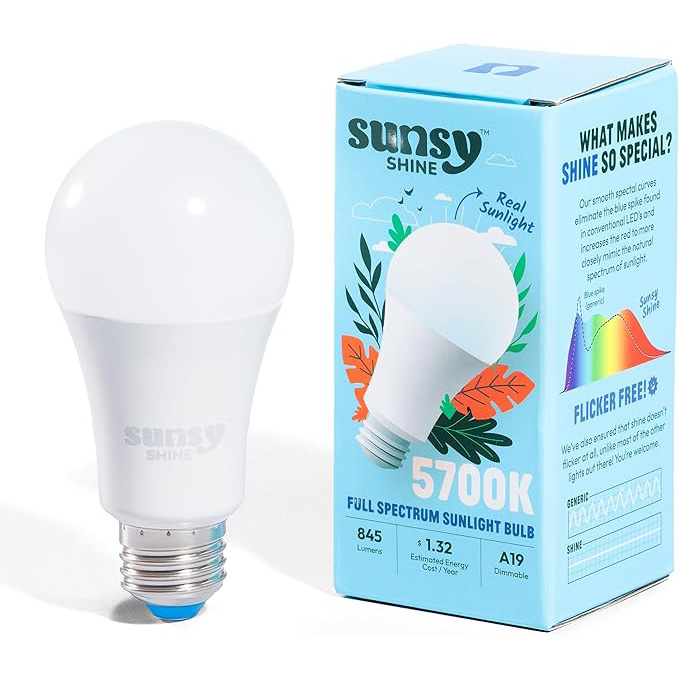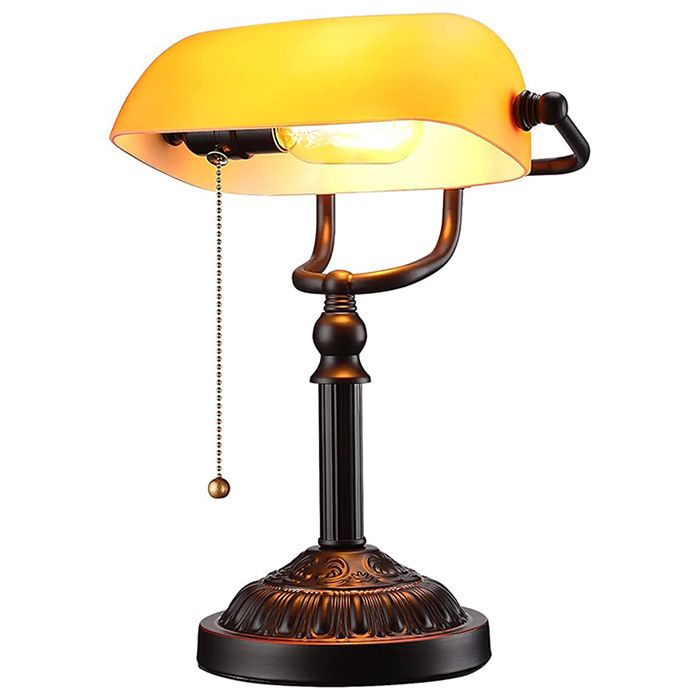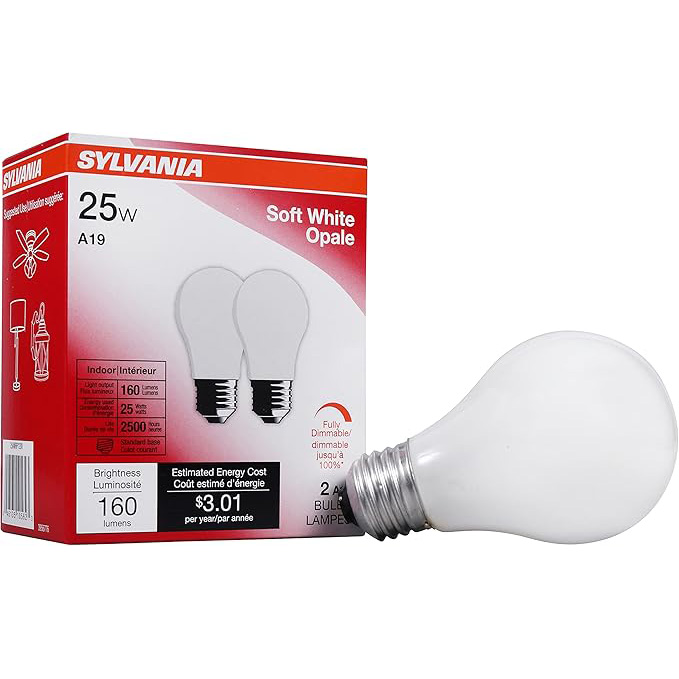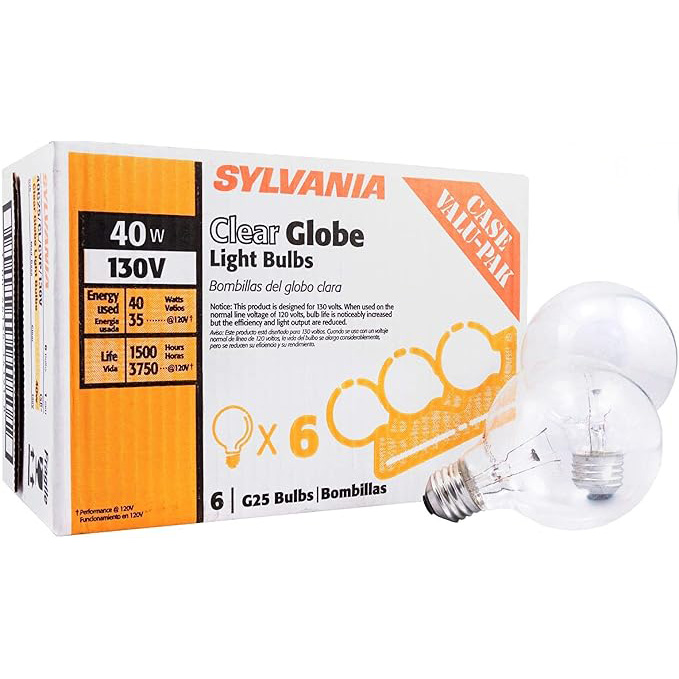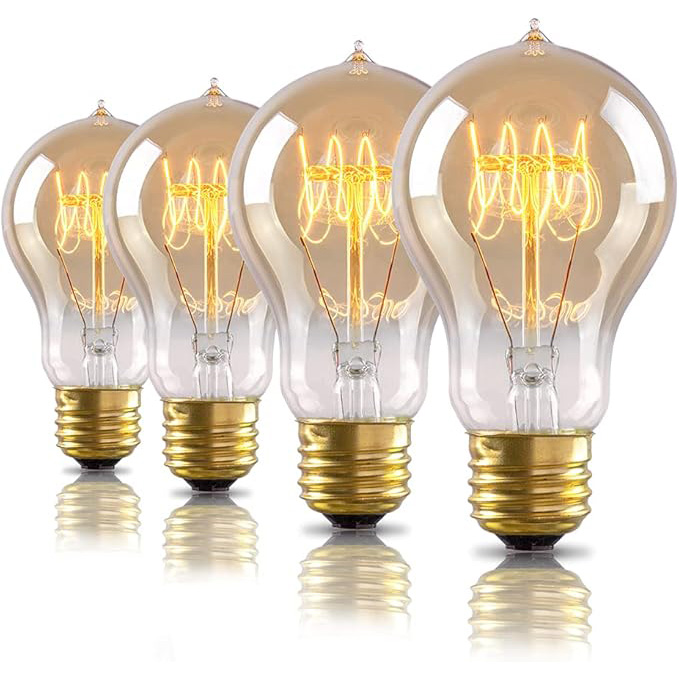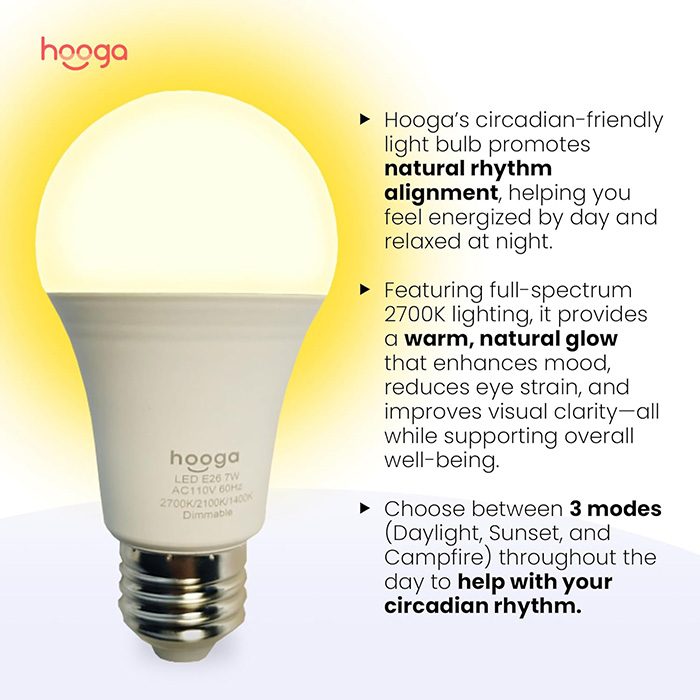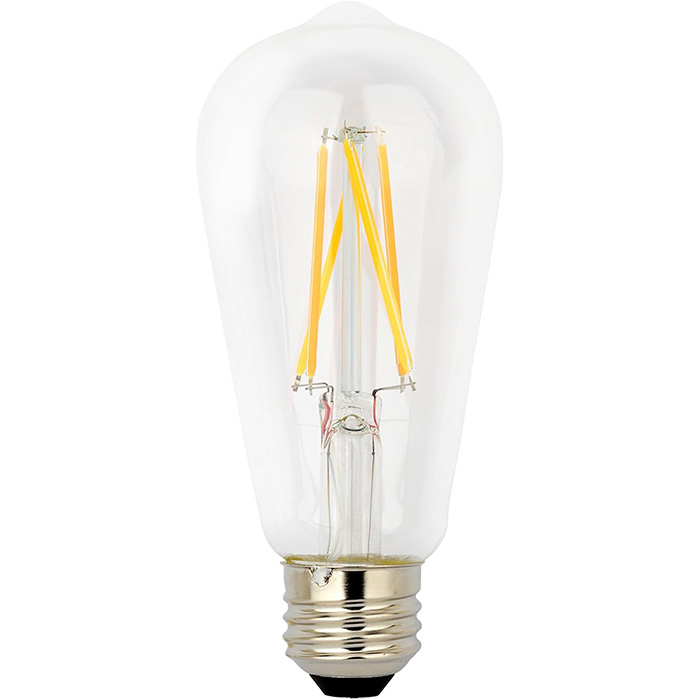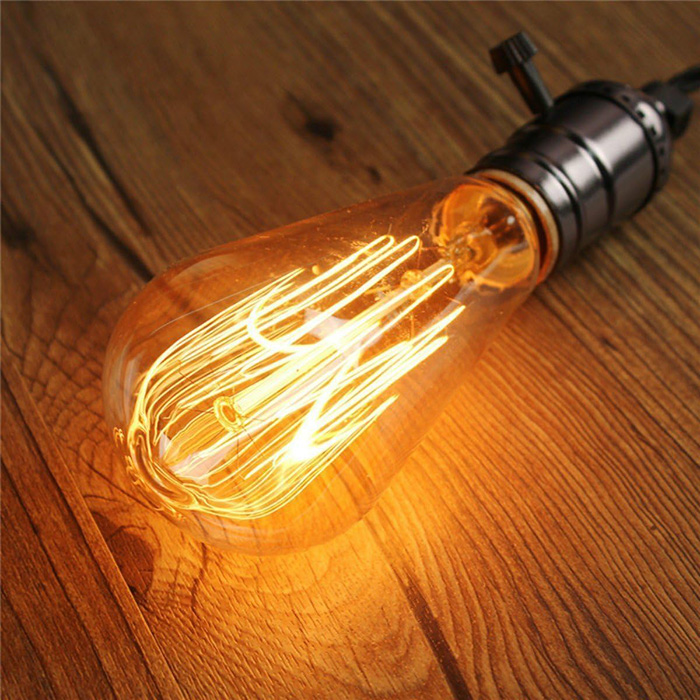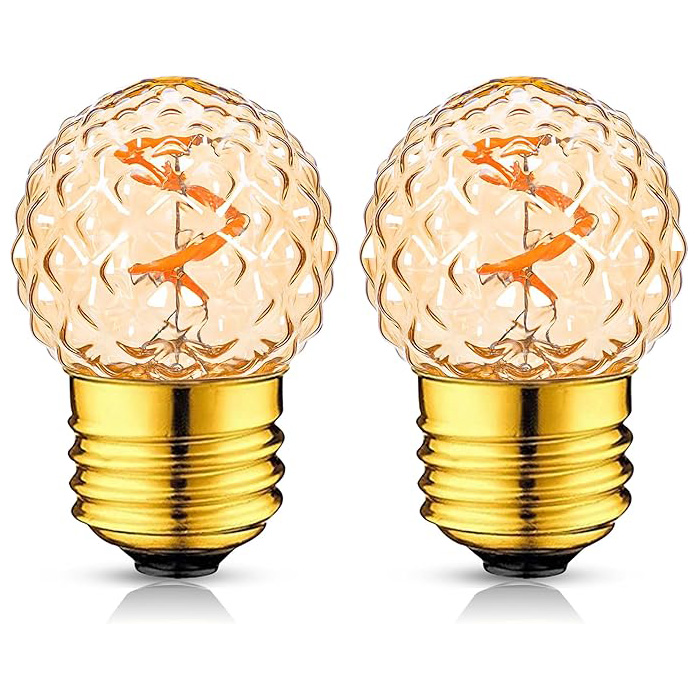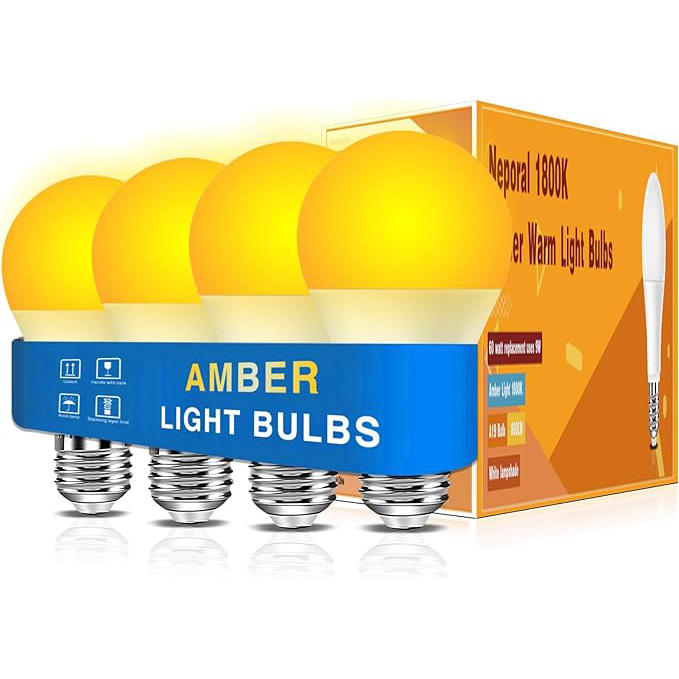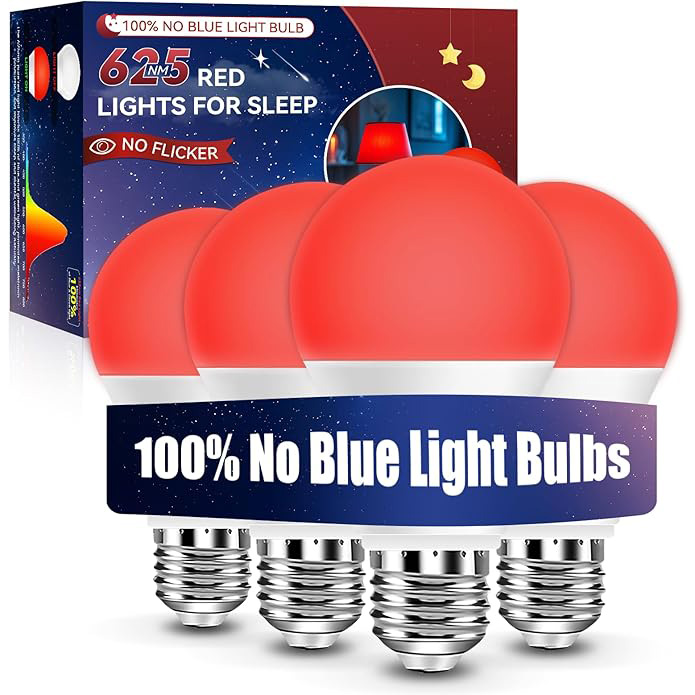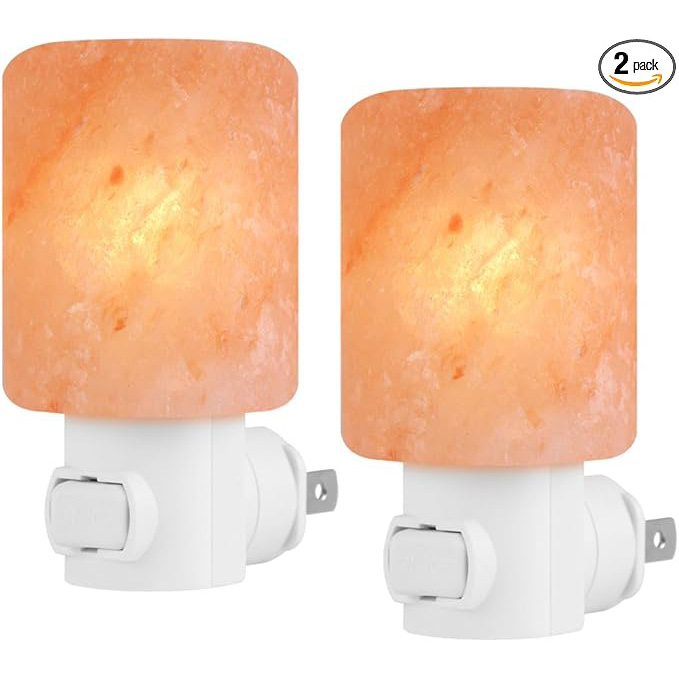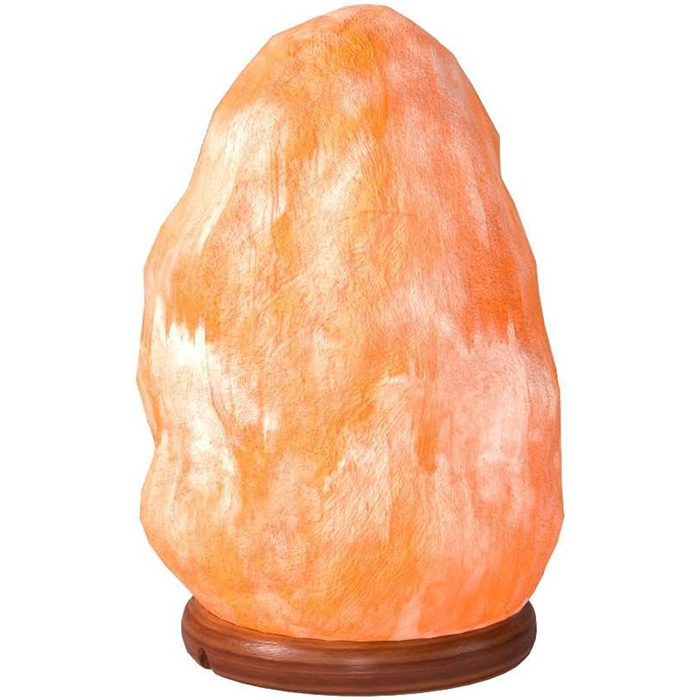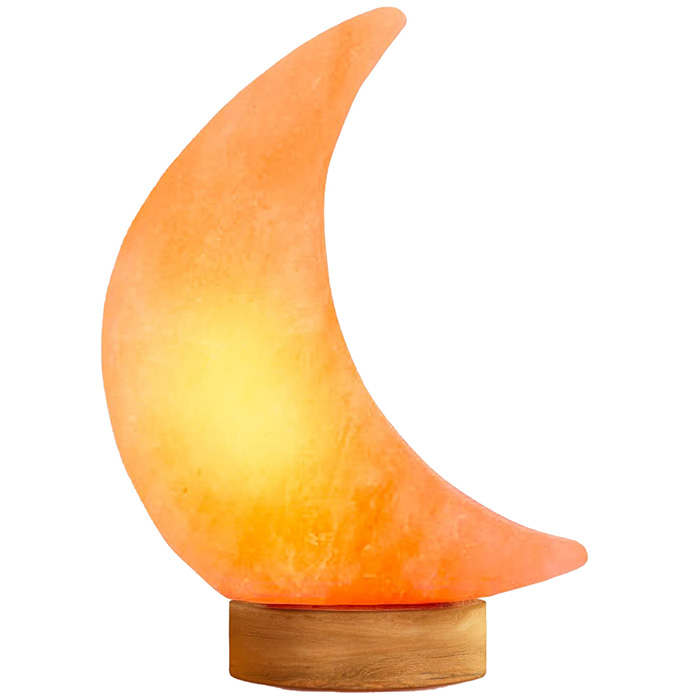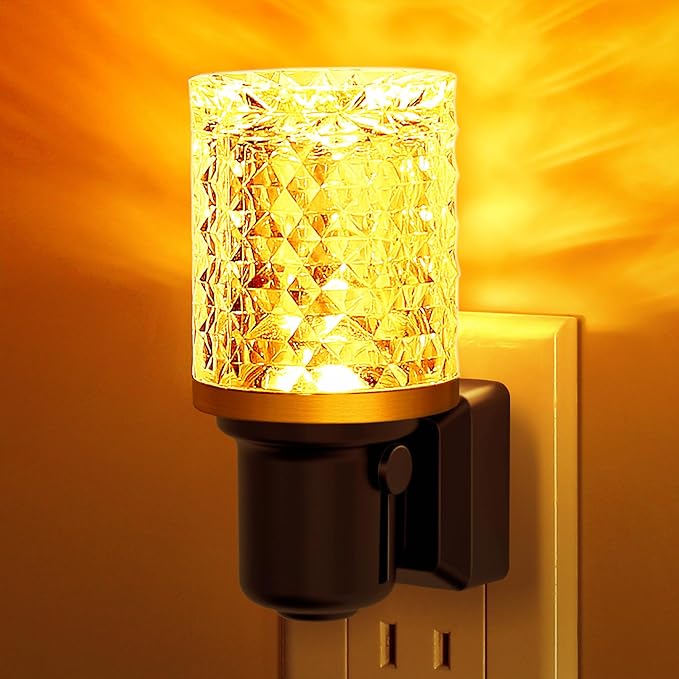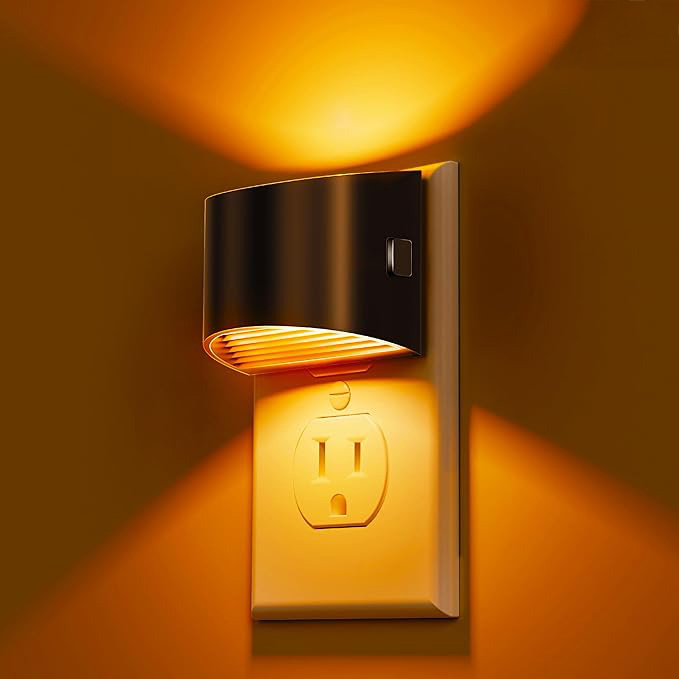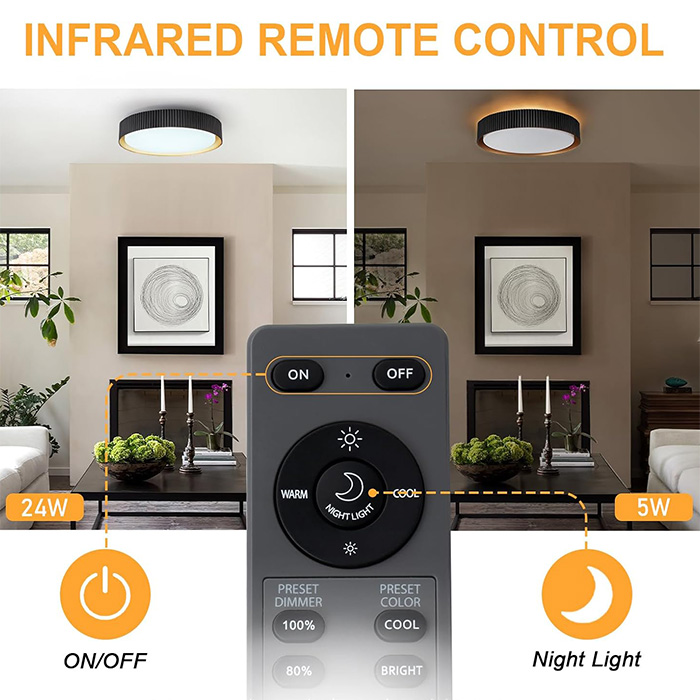I used to chalk it up to stress—the midday fog, the second wind that hit late at night, the 2 a.m. wakings that left me wired and restless. But the more I paid attention, the more I realized something deeper was off. I wasn’t just tired—my rhythm felt broken. And when I started talking to others, I realized it wasn’t just me. Even my grandmother said nearly everyone in her apartment complex was experiencing the same thing. What I thought was just stress… was so much more
From firelight to fluorescent tubes, the way we light our homes has evolved drastically—but not without consequences. What once supported human health and circadian rhythms has been replaced by artificial light sources that disrupt sleep, suppress melatonin, and overstimulate the nervous system. Let’s explore how this evolution happened, what it means for our biology, and how to reclaim our light environment for optimal health.
Lighting Through the Ages
- Firelight (Pre-industrial): Warm, flickering flames from fire pits, candles, and oil lamps provided full-spectrum light rich in red and infrared—supportive of mitochondrial health and sleep.
- Incandescent Bulbs (1800s–1900s): The introduction of electricity brought filament bulbs, still relatively warm in tone and low in blue light.
- Fluorescent & LED (Late 1900s–Present): Cold, bright, energy-efficient—but high in blue wavelengths that confuse the brain and disrupt the body’s natural rhythms.
How We Lost the Rhythm of Light
For most of human history, we lived in harmony with the sun and fire. Our ancestors rose with the sun and gathered by fire at night. Their bodies knew what time it was without ever looking at a clock—light itself was the signal. Their days began with soft dawn light, full of red and infrared frequencies, gradually growing into the energizing full spectrum of midday. Evenings were governed by the low, warm glow of the hearth, candle, or oil lamp—light that signaled safety, stillness, and rest. This rhythm was not just cultural—it was cellular. Our hormones, metabolism, and nervous system synced to the rise and fall of natural light.
Then came gas lamps in the 1800s, followed by Edison’s incandescent bulb in 1879. And while the incandescent light brought electric convenience, its glow still honored the spectrum of firelight—warm, red-rich, and easy on the eyes and nervous system. Their warm, amber glow—around 2400–2700K—was biologically tolerable and even nourishing in small doses. Unlike modern bulbs, incandescents emit a continuous light spectrum, including infrared, and they don’t flicker or pulse. In many ways, they were the last bridge between our pre-electric past and the overstimulated present.
But by the mid-20th century, fluorescent lights became the norm in schools, hospitals, and offices. Then came LEDs: efficient, cold, often flickering, and loaded with blue light frequencies never before seen in the home. Today, smart bulbs and 24/7 backlit screens have pushed us even further from the light environment we were biologically designed for. We’ve traded fire and filament for flicker and frequency—and our bodies are paying the price.
The Health Risks of Modern Lighting
- Eye Strain & Headaches: Flickering from some LEDs and fluorescents can trigger visual fatigue, tension, and migraines—especially in children.
- Circadian Disruption: Artificial lighting skews our biological clocks, which regulate everything from metabolism to hormone cycles to mental health. Circadian rhythms influence nearly every biological function—sleep-wake cycles, hormone release, eating habits, digestion, body temperature, and even cell regeneration. Disruptions to these natural rhythms caused by artificial lighting can impair immune function, increase the risk of metabolic disorders, and interfere with mental clarity and emotional regulation. Aligning your environment with natural light cycles isn’t just about better sleep—it’s foundational to full-body health.
- Melatonin Suppression: Blue light exposure after sunset signals the brain that it’s still daytime, blocking melatonin production and delaying sleep onset. Exposure to blue light for even a few hours in the evening can shift circadian rhythms by several hours and reduce melatonin levels by more than 50%.
- Increased Cortisol at Night: Bright, cool light keeps the body in a sympathetic (fight-or-flight) state instead of winding down into rest and repair.
Children Are Especially Vulnerable
Developing eyes and brains are more sensitive to lighting extremes. Exposure to LED lighting in schools and screens before bed can disrupt a child’s learning, mood, and sleep quality. Kids need more darkness and natural light—not less.
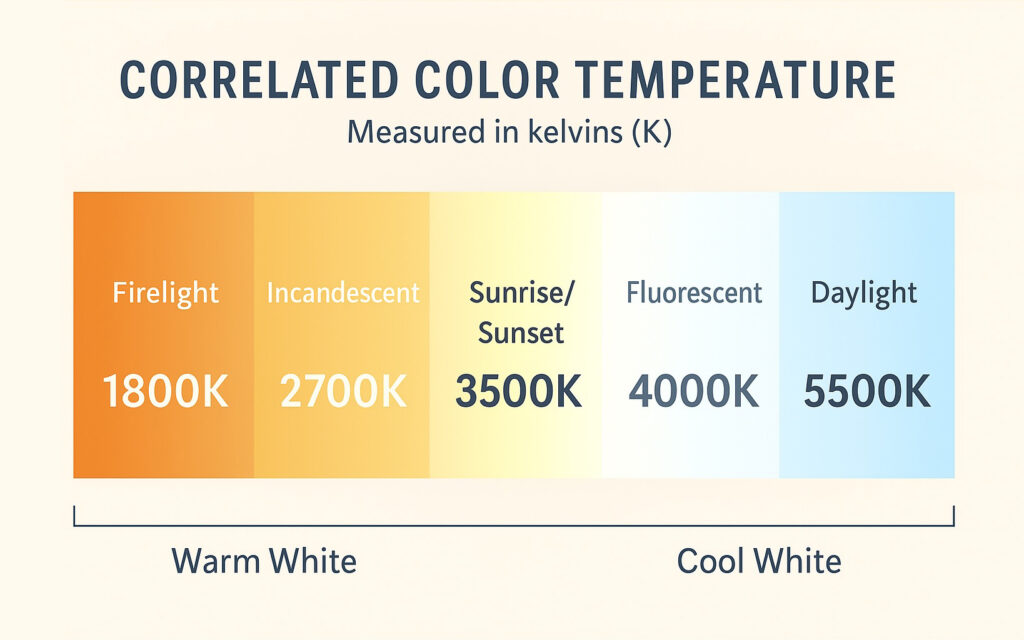
Understanding Kelvins: Choosing the Right Light for Each Time of Day
The Kelvin (K) scale measures the color temperature of light, or how “warm” or “cool” a light source appears. Lower Kelvin numbers mean warmer, more amber-toned light. Higher numbers indicate cooler, more blue-toned light.
Kelvin Scale Overview
- 1800K–2200K: Candlelight, salt lamps, red or amber bulbs – ideal for evening and nighttime.
- 2400K–2700K: Standard incandescent bulbs – warm and calming, great for early morning and after dark.
- 2800K–3000K: Halogen incandescent – slightly cooler than standard but still warm.
- 4000K–5000K: Cool white or bright white – typical office or retail lighting.
- 5000K–6500K: Daylight or full-spectrum – best for morning to early afternoon to support alertness and circadian rhythm.
Incandescent vs. LED
- Incandescent bulbs: Emit a full, continuous light spectrum with natural warmth and infrared radiation. They are naturally flicker-free and have no EMF. Ideal for early morning and evening, especially during the transition from dark to light.
- Traditional incandescent bulbs were largely phased out starting in 2012 under U.S. federal energy efficiency standards, with stricter rules finalized in 2023 that effectively banned the sale of most general-purpose incandescent bulbs due to their higher energy consumption compared to LEDs.
- While traditional incandescent bulbs are harder to find now, you can still purchase them online through specialty retailers like Bulbs.com, hardware stores, or by searching for “rough service,” “vintage Edison,” or “appliance” incandescent bulbs, which are often exempt from the bans.
- LED bulbs: Highly efficient and available in a wide range of color temperatures, including full-spectrum. However, many LEDs have flicker, emit more blue light, and may generate low-level EMF—especially if “smart” or Bluetooth-enabled. Always choose flicker-free, non-smart, high-CRI LED bulbs if using them during the day.
By using the Kelvin scale to guide your lighting choices, you can create a home environment that supports your body’s natural rhythms from sunrise to sleep.
How to Protect Your Health With Better Lighting
The quality and timing of the light we’re exposed to plays a powerful role in regulating hormones, energy, mood, and sleep. From the moment we wake up, our bodies are scanning the light environment for cues about where we are in the circadian cycle. When light exposure aligns with nature, hormones like cortisol, melatonin, and leptin follow suit—keeping the nervous system balanced and metabolism functioning smoothly.
If you’re working to restore your metabolic rhythm, stabilize hunger cues, and improve sleep, the 14-Day Leptin Reset is designed to guide you step-by-step. This protocol weaves together ancestral light exposure, high-protein meals, and nervous system regulation to recalibrate your body’s natural ability to burn fat and rest deeply—without stimulants, pills, or chronic fasting.
In the morning, the body is especially sensitive to bright, blue-enriched light. Exposure to full-spectrum lighting—whether from natural sunlight or a high-quality artificial source—helps stimulate the release of cortisol and dopamine. These hormones promote energy, focus, and stable mood throughout the day. Full-spectrum bulbs typically range from 5000 to 6500 Kelvin and mimic the full wavelength range of sunlight, including small amounts of ultraviolet and sometimes infrared. This makes them especially helpful during winter months, overcast days, or when working in windowless rooms. Ideally, light should be overhead to mirror the angle of the rising sun. If natural light isn’t available, full-spectrum lighting can provide a supportive substitute during the first half of the day.
However, not all artificial lighting is supportive of health. Many modern LED and fluorescent bulbs emit a high-frequency flicker—imperceptible to the eyes but detected by the nervous system. This subtle pulsing can create fatigue, tension, and contribute to symptoms like headaches or anxiety, especially in those who are light-sensitive. In addition, Wi-Fi-connected smart bulbs continuously emit low-level electromagnetic radiation, which may interfere with melatonin production and cellular repair, particularly when used near the body or during the evening hours. While color temperatures between 4000–5000K are common in office and commercial lighting, they tend to feel sterile and can be overstimulating to the nervous system. 5000–6500K, on the other hand, more closely mimics the color spectrum of true daylight and is better suited for use in the early part of the day—especially when natural light is limited. For daytime use, it’s best to choose non-smart, flicker-free full-spectrum, 5000–6500K bulbs with a high CRI (90 or above), and to prioritize natural light from open windows or outdoor exposure whenever possible.
🌐 If You’re Stuck in an Office with 4000–5000K Lighting:
Here’s how to mitigate the effects without quitting your job or asking your boss to change the light bulbs.
✅ Use These Supportive Tools:
- Wear blue-blocking glasses (clear lenses in the morning, amber in the afternoon).
- Use a personal amber or incandescent desk lamp
- Place a small lamp near eye level with a 2700K incandescent bulb to add warmth to your visual field.
- Take regular breaks for natural light
- Every 60–90 minutes, step outside for even 2–5 minutes of sunlight exposure.
- Use screen filters
- Apps like f.lux (desktop) or IrisTech can reduce the color temperature of your screen to match your ideal rhythm.
🧠 Holistic Support:
- Grounding techniques mid-day (barefoot if possible, or use a grounding mat)
- Hydrate with minerals to reduce the oxidative stress of overexposure
- Use red or amber lighting at home after dark to counterbalance your day’s exposure
As the sun begins to set, our internal rhythms shift, signaling the body to wind down. This is the time to transition from stimulating light sources to warm, low-Kelvin lighting that mimics the glow of firelight. Evening lighting should fall below 2700 Kelvin—ideally closer to 1800K—and be placed at or below eye level to reduce stimulation of the brain’s light-sensitive pathways. Amber bulbs, red-spectrum LEDs, salt lamps, and beeswax candles all support this natural descent into rest. Overhead lights should be avoided after sunset, as they send the wrong signal to the brain—confusing the body into thinking it’s still midday, which suppresses melatonin, interferes with leptin sensitivity, and keeps the nervous system in a more activated state. Creating a calm, cocoon-like lighting environment in the evening helps shift the body into parasympathetic mode, promoting better sleep, hormonal balance, and nightly repair.
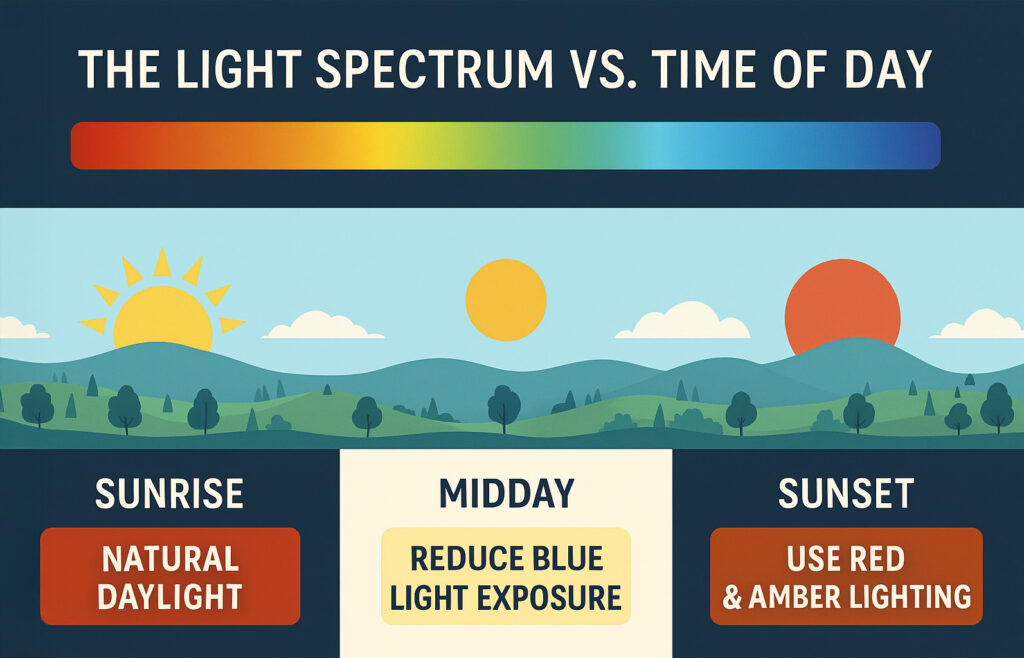
Daily Lighting Plan
Use this schedule to guide your lighting choices throughout the day to gently activate, regulate, and restore your body’s innate rhythm. This lighting strategy blends the benefits of full-spectrum daylight stimulation with the nourishing infrared warmth of incandescent light. It supports cortisol alignment, dopamine production, and a smooth transition into melatonin release—ideal for anyone resetting leptin or healing the nervous system.
🐓 Morning (Sunrise – 11:00 AM)
- Goal: Cortisol rise, circadian alignment, energy
- Pro Tip: Get morning sunlight within the first hour of waking. This anchors your circadian rhythm, boosts mood, and sets the stage for better melatonin production at night. Learn more here about Sun Gazing: Reclaiming Light as a Nutrient.
- Use:
- In the first hour after waking, keep lighting soft and warm, using incandescent, halogen, or salt lamps (under 2700K) to allow for a gentle transition from night to day.
- This is your buffer time after sun gazing and before screens or bright artificial light.
- After breakfast and your morning movement, transition to overhead full-spectrum LED lighting (5000–6500K, CRI 90+). This mimics natural morning sunlight to activate alertness and support focus, mood, and dopamine release.
- Optional desk lamp with halogen or incandescent bulb: adds warmth and infrared support for grounding.
- In the first hour after waking, keep lighting soft and warm, using incandescent, halogen, or salt lamps (under 2700K) to allow for a gentle transition from night to day.
Daytime Lighting Shopping List: Full Spectrum, Low-EMF, No-Flicker
☀️ Midday (11:00 AM – 4:00 PM)
- Goal: Sustain energy and focus
- Use:
- Continue full-spectrum light only if sunlight is inadequate. If natural light is sufficient, turn off overhead lighting.
- Take outdoor or window breaks for direct natural light exposure.
- Dim screens slightly and use blue light filters or blue light blocking glasses to reduce overstimulation.
🌤️ Wind-Down (4:00 PM – Sunset)
- Goal: Reduce stimulation, support transition to rest
- Use:
- Dim overhead lights and begin phasing out full-spectrum lighting.
- Use incandescent or halogen bulbs 2700K and below for warmth and comfort.
- Shift to low-positioned lights like floor and table lamps.
- Seasonal Adjustments:
- In winter, transition to amber/red lighting earlier—often around 4:30–5:00 PM.
- In summer, begin the switch around 7:00–7:30 PM depending on sunset time.
Wind-Down Lighting Shopping List: Under 2700K, Low-EMF, No-Flicker
🕯️ Evening (Sunset – Bedtime)
- Goal: Support melatonin release, parasympathetic nervous system, and deep sleep
- Use:
- Switch to amber or red lighting (1800K–2200K) in all living spaces.
- If using incandescent bulbs, dim them in the evening to lower their color temperature and reduce stimulation.
- Avoid overhead lights; rely on salt lamps, red bulbs, or candles.
- Eliminate all blue light exposure from screens.
- Use apps like f.lux or enable Night Shift on Apple devices.
- Wear blue-blocking glasses after sunset. More on this below.
- Use plug-in amber nightlights in hallways or bathrooms to avoid harsh light at night.
Evening Lighting Shopping List: Under 2200K, Low-EMF, No-Flicker
🌙 Night (8:30 PM – Bedtime)
- Goal: Complete nervous system shift into rest-and-repair mode
- Use:
- Only red or amber lighting in bedrooms, bathrooms, or quiet spaces.
- Use salt lamps, red bulbs, or plug-in amber night lights.
- Eliminate all screen exposure or wear blue-blocking glasses (more on this below).
- Keep lighting low and warm—this signals safety and calms the hypothalamus.
- Use plug-in amber nightlights in hallways or bathrooms to avoid harsh light at night.
Night Lighting Shopping List: Amber or Red Lights, Low-EMF, No-Flicker
When we purchased our ranch, our house had a lot of the notorious boob lights. We replaced the one over the sink with a dimmable light with a warm-to-cool brightness range. Turning off the big light in the kitchen and dimming our sink light all the way down and to full warmth is part of my evening ritual as soon as the sun sets.
Shopping List
Lighting is not just a design choice—it’s a biological signal. The closer we stay to nature’s original cues—sunrise, sunset, firelight—the better our bodies function. Start small by swapping out just one room’s lighting and working up to a full home transformation. You’ll sleep better, think clearer, and feel more aligned with the rhythm your body was designed for.
Honoring Ancestral Light with Flame-Based Sources
In our effort to return to natural rhythms, it’s important not to overlook traditional forms of lighting that predate electricity. These light sources offer more than ambiance—they align with our biology and ancestral memory, supporting rest, calm, and connection.
🕯️ Beeswax Candles: Sacred Flame, Cleansing Light
Before electricity, firelight marked the close of day and the shift into rest. Beeswax candles carry that ancestral rhythm into the home, offering a warm, golden glow that supports the nervous system and signals safety to the body after sunset.
Unlike paraffin (a petrochemical byproduct) or soy (often processed with solvents and additives), pure beeswax burns cleanly and naturally. It emits negative ions when warmed—subtle, air-cleansing compounds that may help bind to dust, dander, and pollutants in the home, creating a more grounded and coherent space.
From a holistic perspective, fire is energetic medicine. It draws us inward, slows the breath, and activates parasympathetic healing. Lighting a beeswax candle isn’t just for ambiance—it’s a practice of presence. Whether at the dinner table, during evening prayer, or beside a salt bath, the steady flame helps the body return to rhythm—just as it always has.
🕯️ Beeswax Candles
Long before overhead lights and screens, our ancestors lit their homes by flame—sunset marked the shift from outward activity to inner stillness. Beeswax candles carry this tradition. Their warm, golden glow isn’t just beautiful—it resonates with our biology. Unlike paraffin candles, which are petrochemical byproducts, pure beeswax emits a subtle, earthy scent and a full, gentle spectrum of light that soothes the nervous system.
From a holistic perspective, lighting a beeswax candle isn’t just practical—it’s energetic. Fire draws us into the present. It anchors the breath, slows the mind, and signals the body to enter rest-and-repair mode. The slow burn of a beeswax flame mirrors the rhythm our mitochondria recognize as safe and restorative. When used after sunset, especially in place of harsh electric light, it supports melatonin release, digestion, and emotional regulation.
Whether during dinner, a bath, evening journaling, or prayer, lighting a candle can become a ritual of reconnection—to self, to stillness, and to the ancient rhythm of light and dark that governed humanity for generations.
🏺 Oil Lamps and Wall Sconces
Oil lamps and non-electric sconces are beautiful ways to light your home during power outages or quiet evenings. Use clean-burning indoor lamp oil and always ventilate the space. Avoid frequent use of kerosene or paraffin oils, which can degrade air quality. Many wall sconces can be retrofitted with warm incandescent or amber LED bulbs for low-light, low-stress illumination.
Traditional Oil Sources for Lamps
- Olive Oil: One of the oldest known lamp oils, used in the Mediterranean for millennia. Burns cleanly with minimal odor. Best used in open-wick clay or glass lamps.
- Ghee (Clarified Butter): Used in Ayurvedic and Vedic rituals. Produces a warm, sacred glow and subtle scent. Best for small flame lamps; may produce a bit more smoke.
- Sesame Oil: Common in traditional Indian oil lamps. Burns with a steady flame and is energetically warming and grounding.
- Coconut Oil: Burns cleanly and has a pleasant, subtle aroma. Solidifies below 76°F, so may require warming in colder climates. Best for short-term indoor use.
- Beeswax (in oil form or melted): While most commonly used in candle form, melted beeswax can also fuel oil-style lamps with a proper wick setup. Naturally purifying and low in blue light.
These traditional fuels were used for thousands of years to light homes and sacred spaces. They are free from petrochemicals, synthetic additives, and the harmful emissions of modern lamp oils, making them ideal for intentional, evening use.
🔥 Wood-Burning Stoves (Winter Lighting)
A wood-burning stove gives off not only warmth but also a natural spectrum of infrared light, offering a grounding presence on dark winter nights. However, it’s important to burn only seasoned wood and maintain proper ventilation to minimize indoor air pollution. Consider an air purifier for regular use in enclosed spaces, especially with children or sensitive lungs.
⛺ Creating a Firelight Evening Environment
- Use beeswax candles in bedrooms, baths, and dining areas after sunset.
- Position oil lamps or sconces in rooms where you unwind, read, or journal.
- Let your fireplace or wood stove be the sole light source in cooler evenings if possible.
- Pair these with salt lamps or dimmed incandescent bulbs under 2200K for added warmth and visibility.
Returning to flame-based lighting—even a few nights a week—can create profound shifts in your nervous system and sleep quality. These traditional sources of light ground us in slowness, support melatonin naturally, and remind our bodies of the rhythms they were designed to follow.
Protect Your Rhythm With Blue Light Glasses
Not all blue light glasses are created equal. To protect your circadian rhythm, glasses must block light in the 460–480 nanometer range to suppress melatonin production most strongly.
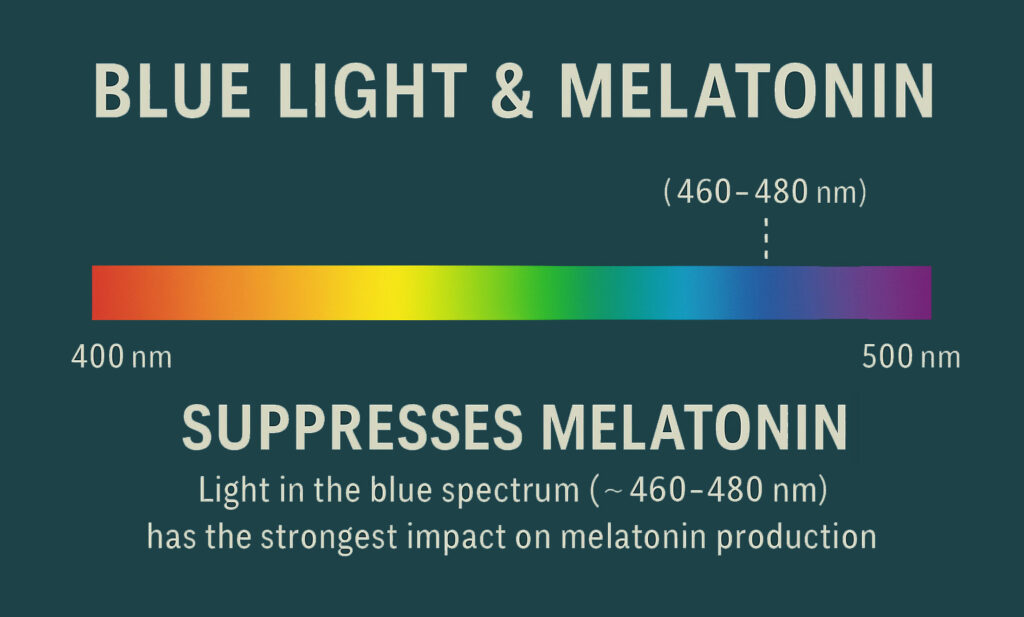
During the day, small amounts of blue light exposure (especially from the sun) are beneficial for mood and energy. But after sunset, continued exposure from screens and LED lights can trick your brain into thinking it’s still daytime. That’s where blue light blocking glasses come in. If you aren’t able to swap out all of your evening lighting, opt for a pair of 99-100% blue light blocking glasses. And if you are looking at any screen after dusk, definitely invest in a pair of amber or red glasses to protect your circadian rhythm.
Types of Blue Light Glasses
- Clear lenses: Block only a small portion of blue light (10–40%). Good for screen strain but not for circadian protection. I use these during the day and they do a wonderful job with preventing eye strain and fatigue from looking at my computer and phone screens. We also have these for Luna and Evey to wear anytime they are looking at a screen.
- Amber lenses: Block 50–75% of blue and green light. Better for early evening use.
- Red lenses: Block 98-100% of blue and much of the green spectrum. Best for use 1–2 hours before bed to fully protect melatonin.
What to Look For
- Verified blockage of 460–480 nm (check specs or manufacturer lab results)
- Anti-reflective coating to reduce glare
- Wraparound or large lens style to block peripheral light
If you’re investing in circadian lighting, blue light glasses are the next step in protecting your body’s rhythms—especially in the hours when LED and screen exposure is hard to avoid.
Shopping List
Disclaimer
According to the FDA, only medical professionals can give medical advice. Neither Julie nor Neil are “medical professionals” or “qualified health providers.” We believe in educating ourselves and our community on holistic alternatives to allopathic medicine. As such, the FDA legally restricts the language we can use as citizens and business owners in the United States of America.
The information provided in this article is for educational purposes only and is not intended as a substitute for professional advice, diagnosis, or treatment. Always seek the advice of a qualified health provider with any questions you may have regarding a medical condition. Never disregard professional advice or delay in seeking it because of something you have read in this article. The use of any information provided in this article is solely at your own risk.
